IMAGO photographers show us that there is rarely a dull moment when riding the Berlin U-Bahn. A long history and a slew of entertaining passengers make the U-Bahn a staple of Berlin.
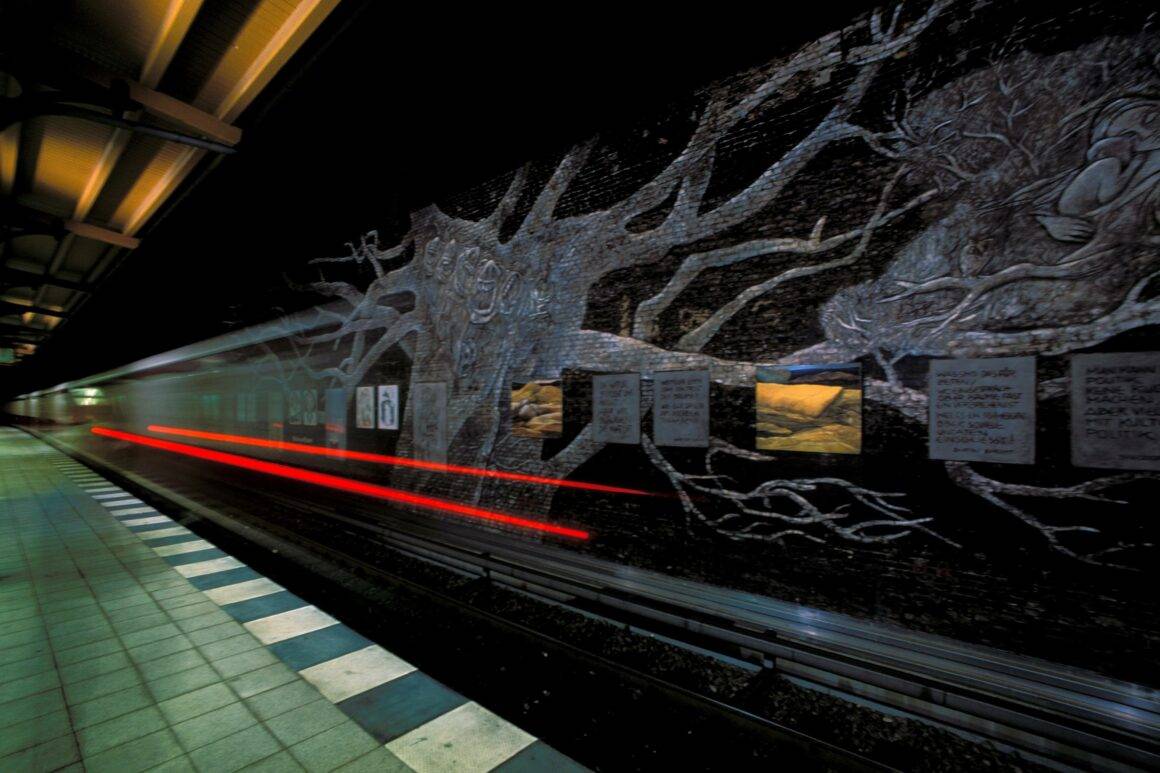
Berlin U-Bahn: A photogenic, quirky subway system with a complicated past.
The U-Bhan has carried Berlin through its long and stormy history being one of the world’s oldest and largest subways, also known for being quite the ride. Over the last 25 years, IMAGO’s archives and photographers today have depicted it in its many forms – its beauty and its grime, its chaos and its serenity, its architectural wonders, and both the historical landmarks and hidden corners it has taken Berliners to over the last 120 years.
During World War II, if its stations were not obliterated, the tunnels became bomb shelters and surviving lines even continued running throughout the war. Needless to say, the Berlin U-Bahn has seen it all – it’s even been to Moscow. As post-war reparations, cars were sent over to the Soviet Union and ran in Moscow until 1965. With the construction of the Berlin Wall in 1961, the trains in East Berlin were not allowed to stop at the heavily guarded so-called “ghost stations,” but would slow down to 15 kilometers per hour, later 30. The Friedrichstraße station in Mitte served as a checkpoint for passengers changing lines traveling between East and West Berlin after passing border control, and the U2 line which runs through the city was separated.
Berlin’s U-Bahn, first invented in 1902, now spans almost 150 kilometers connecting 175 stations, with weekdays seeing over 1.4 million passengers. The Berlin S-Bahn was introduced in 1924 now stretching 340 kilometers, and the tram goes even further back to 1865 when it was powered by horses until it became the world’s first electric tram line in 1881.
Now with renovations and additions, some of the most significant being Brandenburger Tor and Museum Island, a trip on the U-Bahn (and S-Bahn) is truly a journey through time. Some stations have barely changed – their geometric or old-fashioned architectures, graffitied walls and even the creative fonts on the signs, are reminiscent of the different eras the U-Bahn has survived, while the newer stations are almost futuristic.
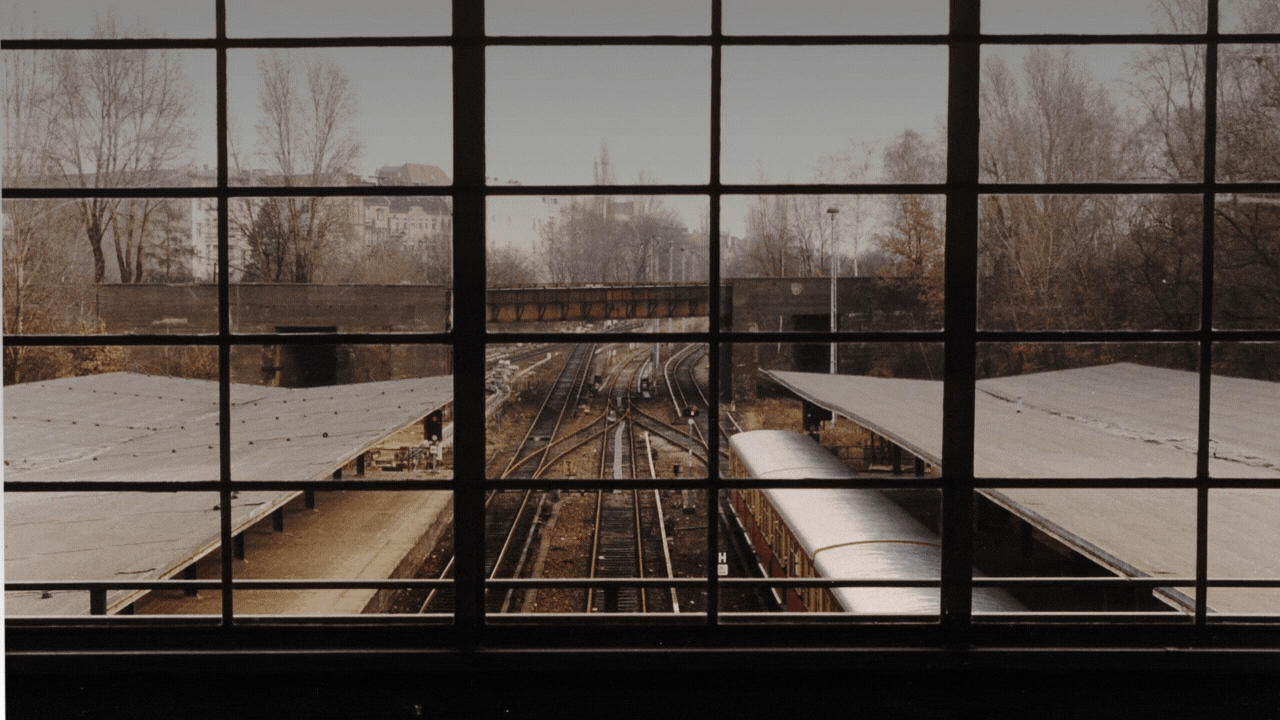
You might be serenaded by a street artist, you might have to give up your seat for an angry old woman, you might listen to an entire intimate phone conversation next to you, or involuntarily participate in an impromptu techno rave or freestyle rap-session. Perhaps you will share a beer with a stranger, as many Berliners indulge in the unspoken rule that drinking is OK during the post-work rush hour – or really at any time of the day. As the beloved Instagram page subwaycreatures.berlin thoroughly documents, the Berlin metro is unique: it is not only rich in history and visually inspiring for our photographers, but is also a reflection of our city’s offbeat, eccentric and multifarious people.
As IMAGO celebrates 25 years being a leader in international media, we are giving our city and its legendary and photogenic subway system a moment in the spotlight being one of the things Berliners cannot live without. Take a look at the quite literal veins that run through Berlin over the years, giving it life and helping Germany’s capital function – well, sometimes.
See IMAGO’s curated collection on the history of the Berlin U-Bahn and S-Bahn.
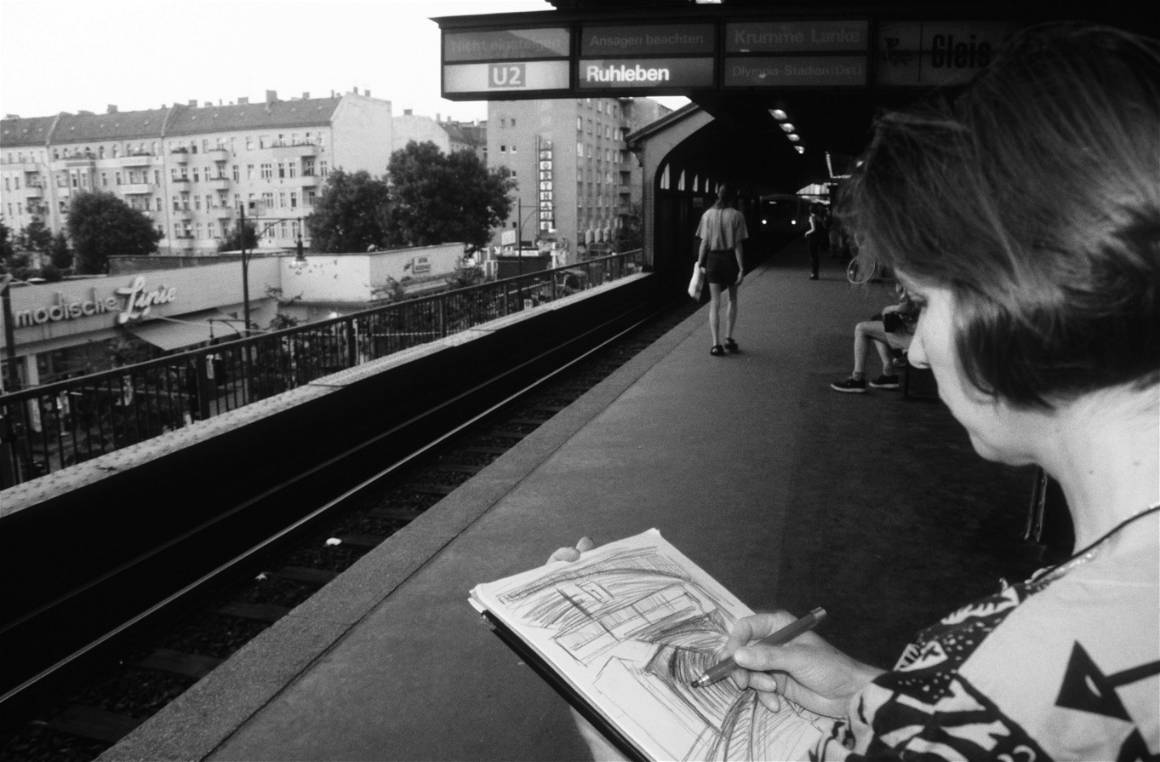
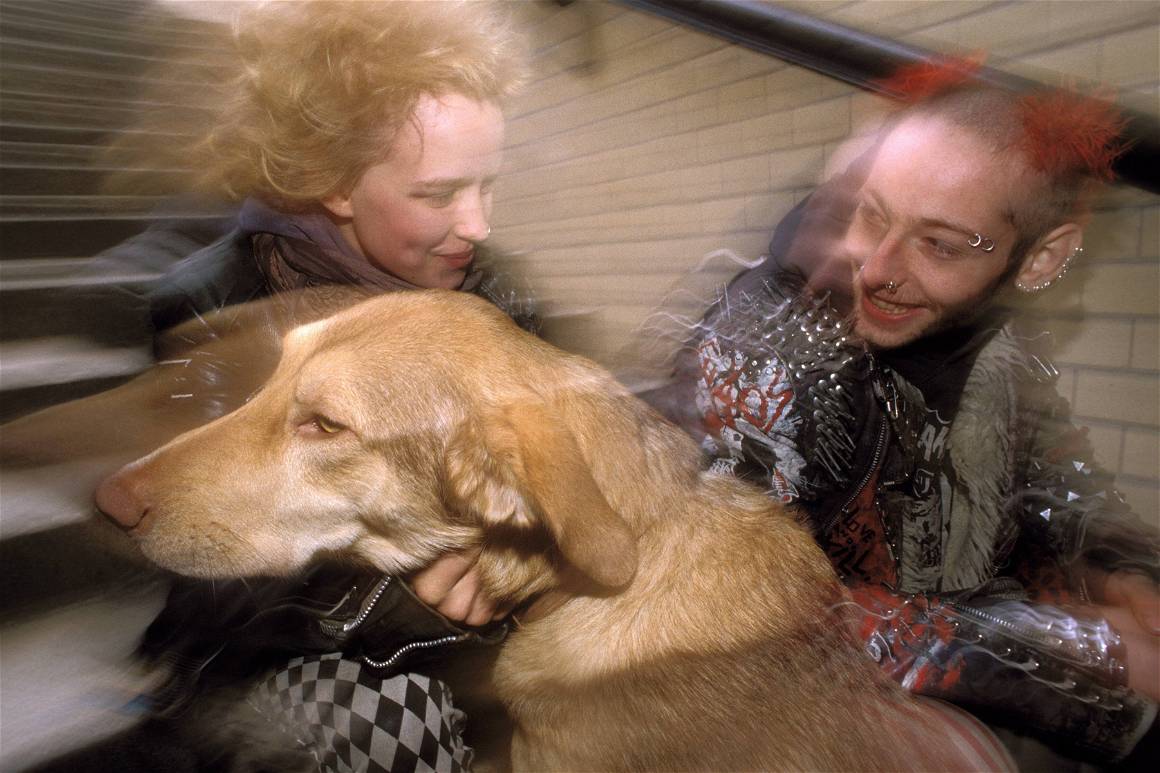


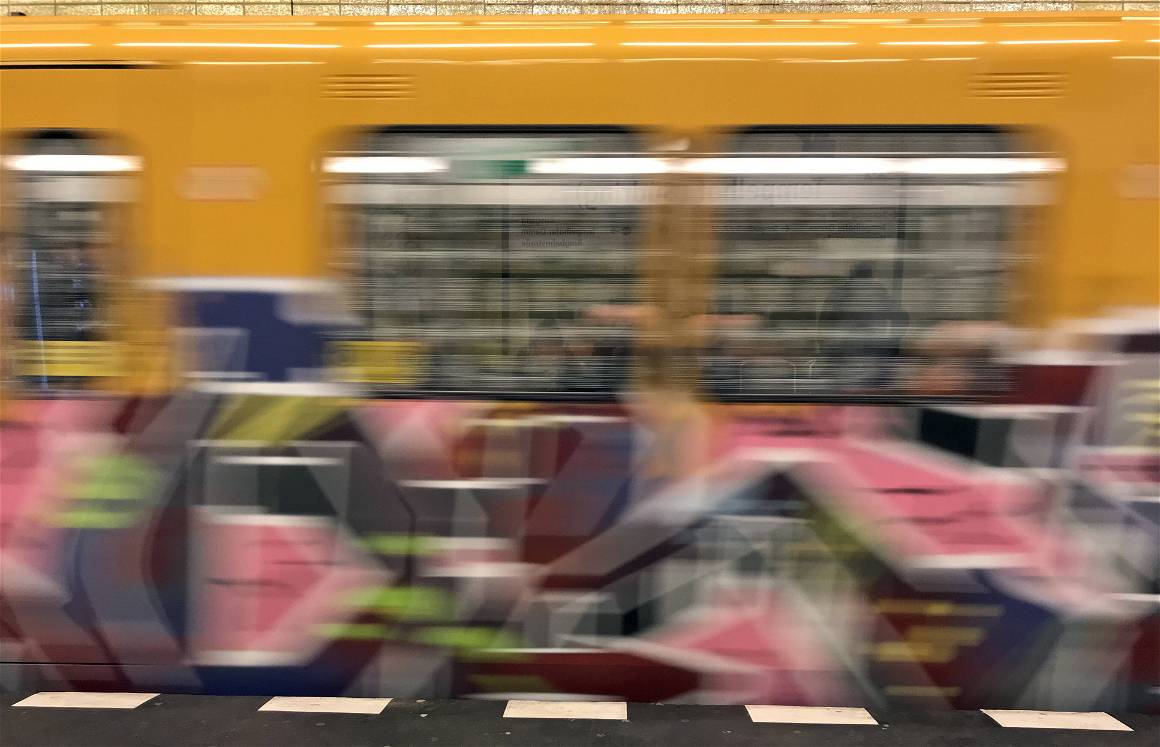
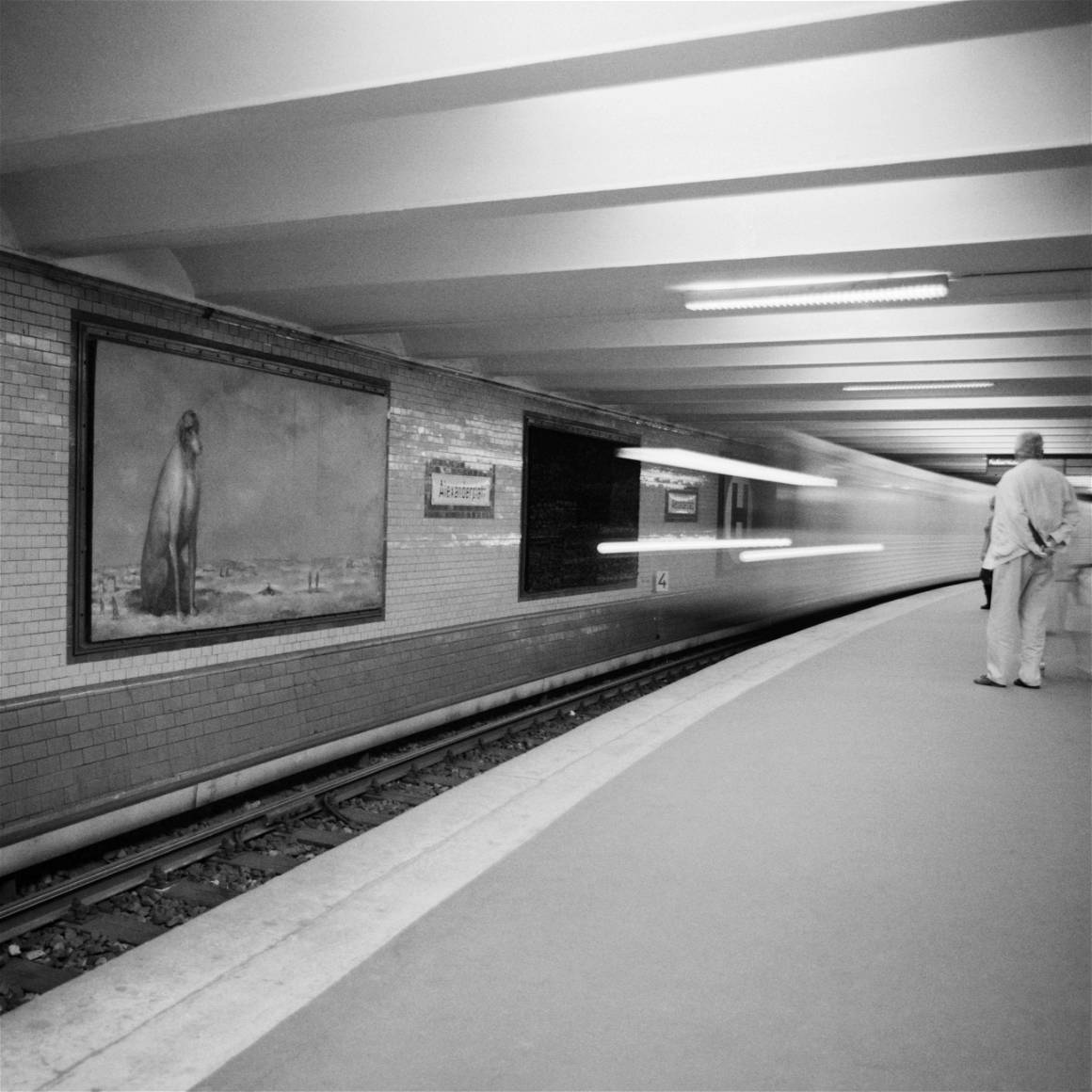
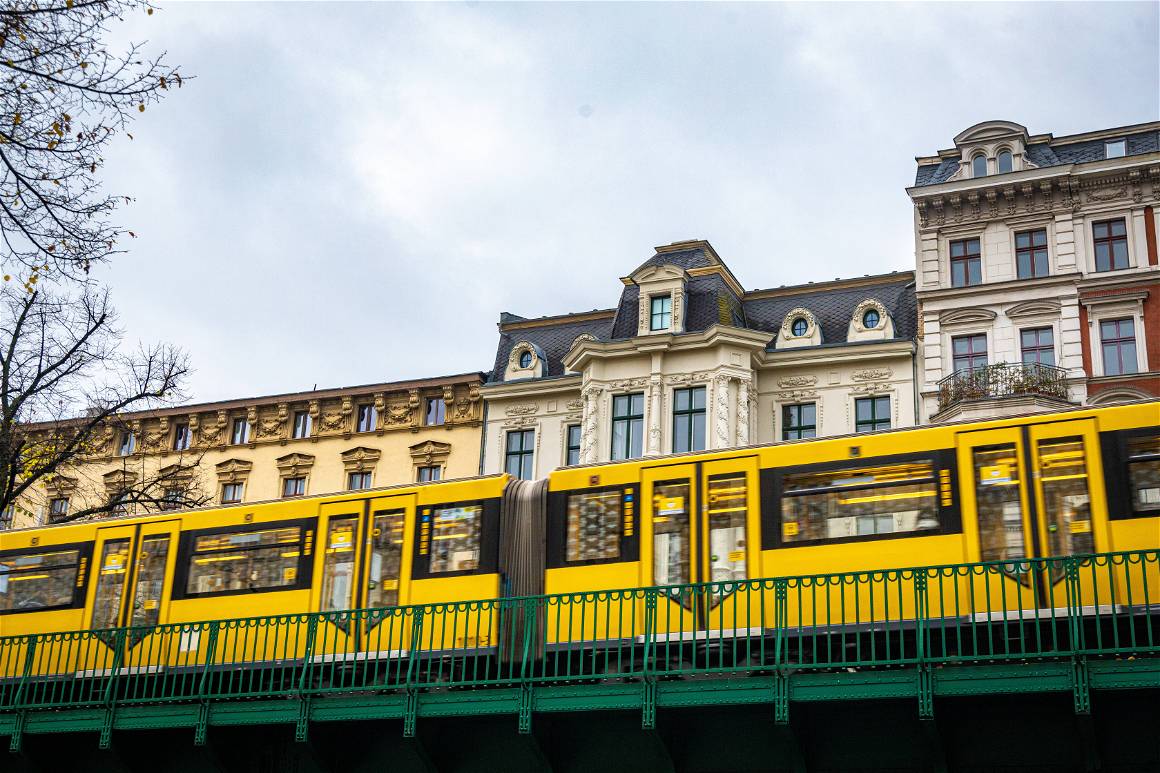

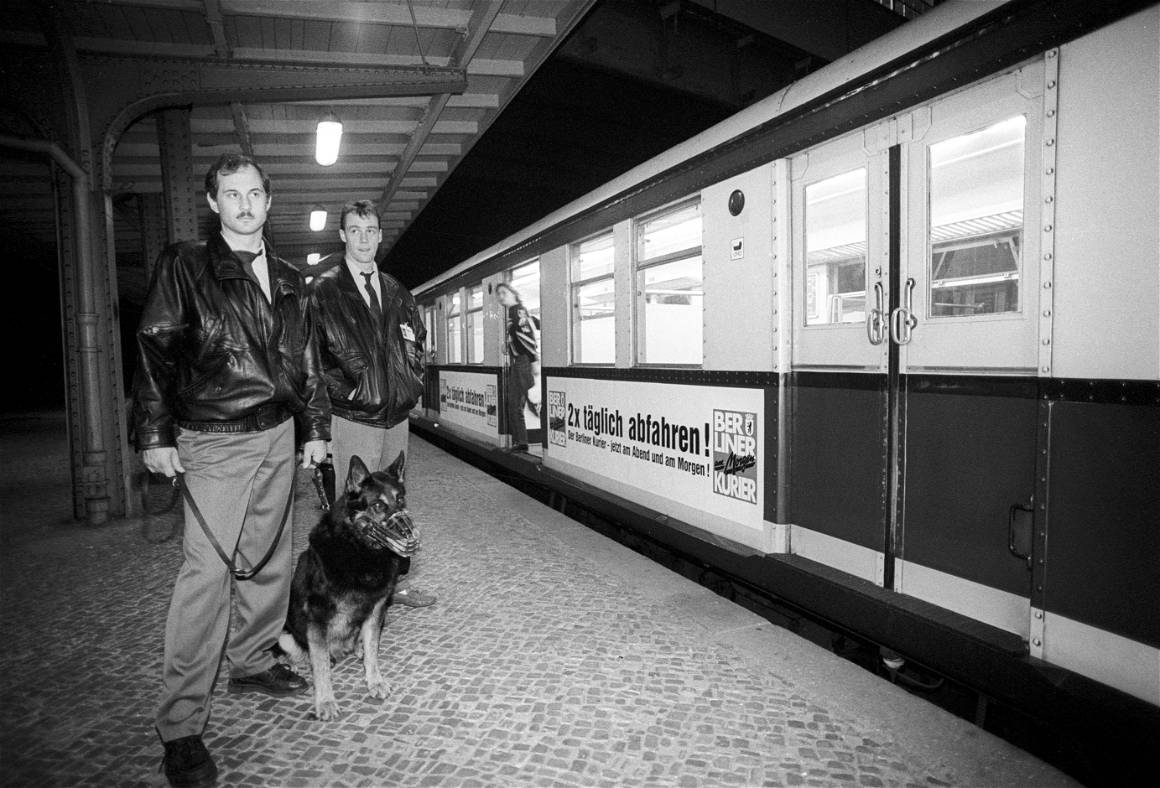
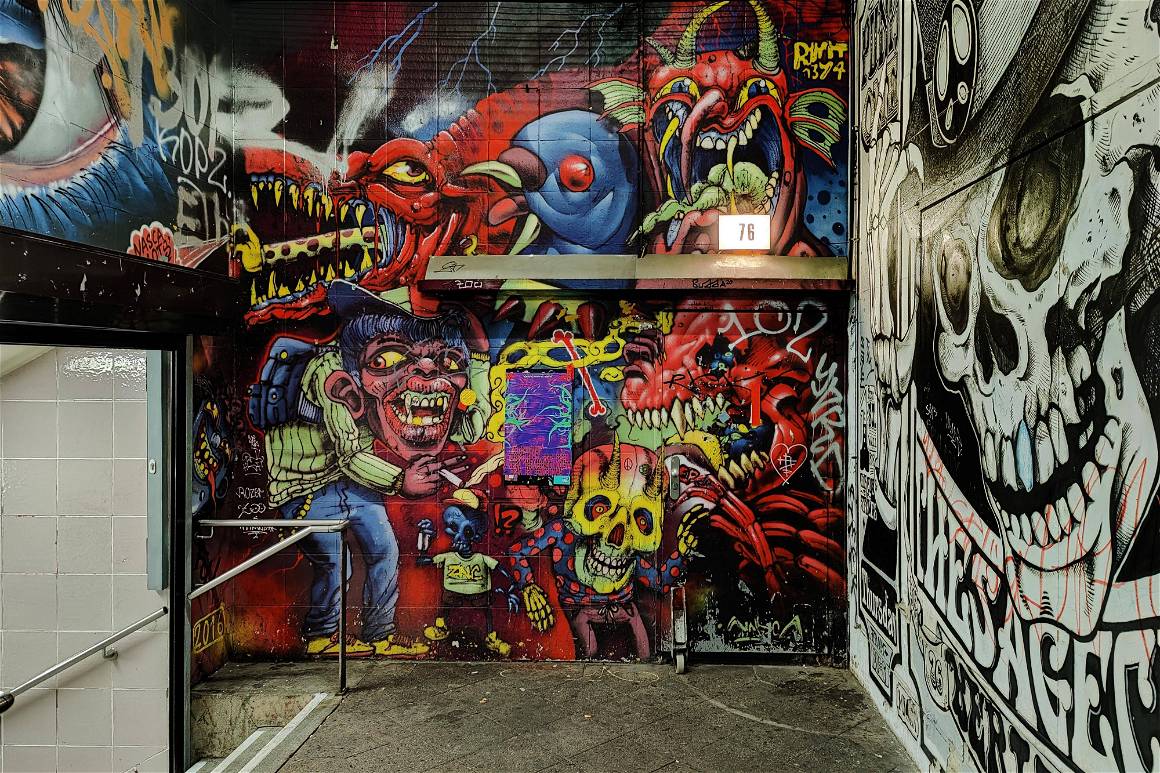

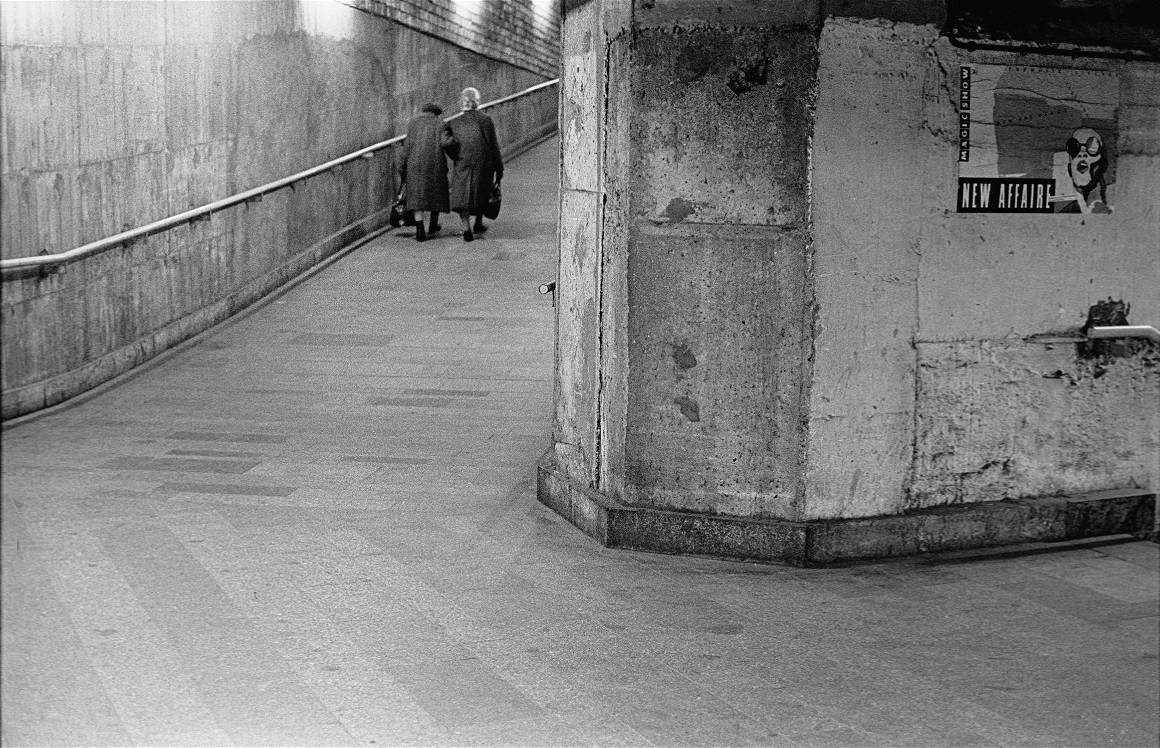


Article by Sofia Bergmann, visuals by Esin Karakas.


